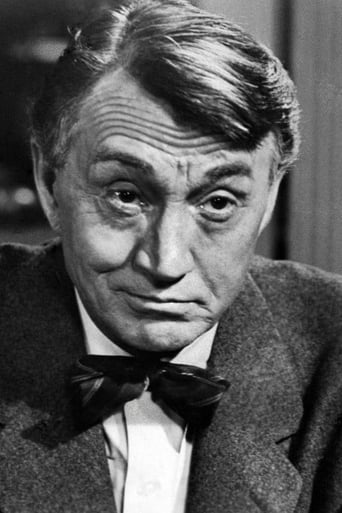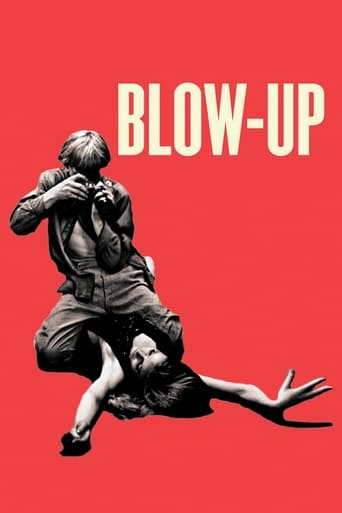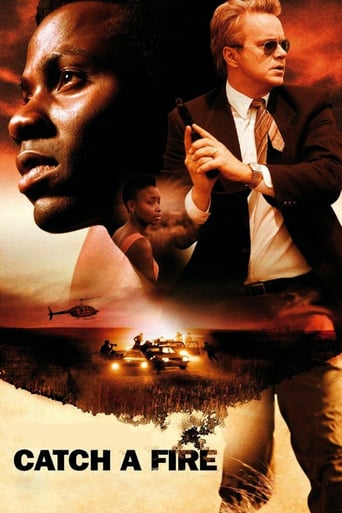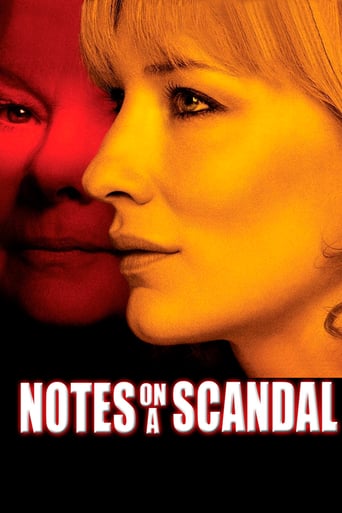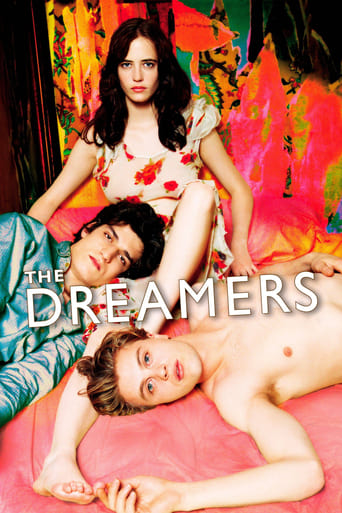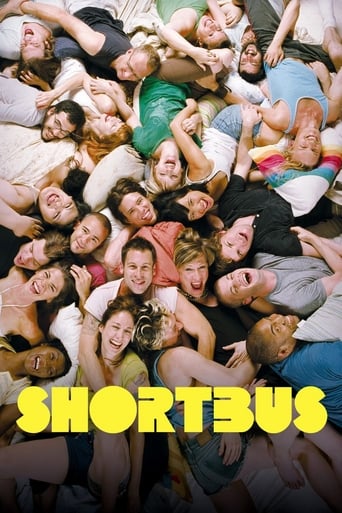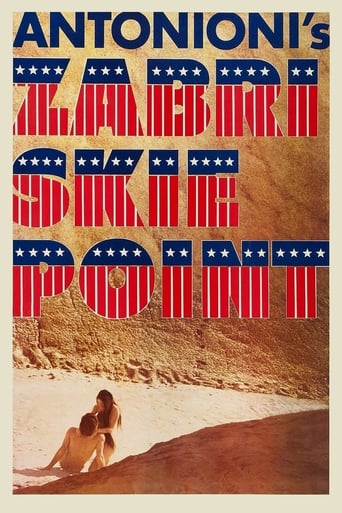
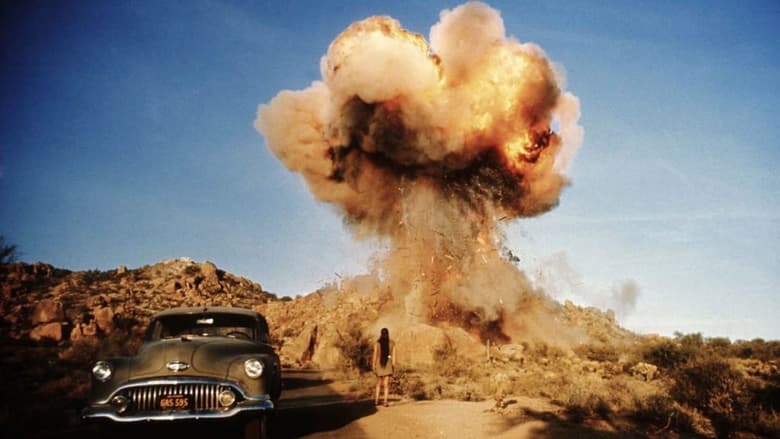
Zabriskie Point (1970)
Anthropology student Daria, who's helping a property developer build a village in the Los Angeles desert, and dropout Mark, who's wanted by the authorities for allegedly killing a policeman during a student riot, accidentally encounter each other in Death Valley and soon begin an unrestrained romance.
Watch Trailer
Cast
Similar titles
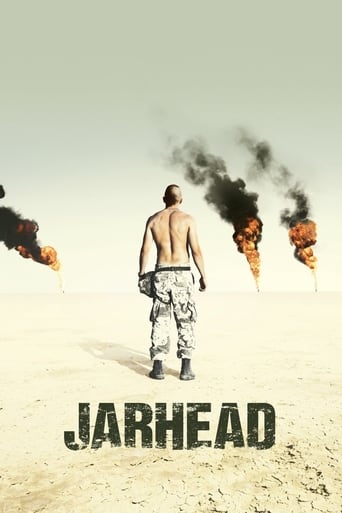
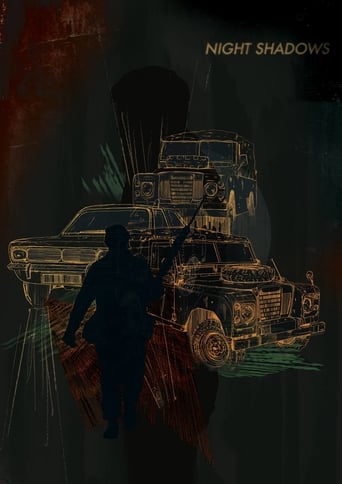

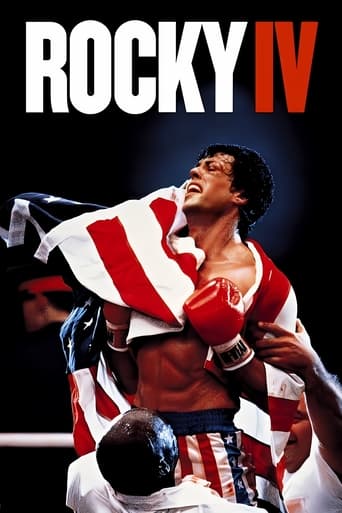
Reviews
Waste of time
An Exercise In Nonsense
Clever, believable, and super fun to watch. It totally has replay value.
I really wanted to like this movie. I feel terribly cynical trashing it, and that's why I'm giving it a middling 5. Actually, I'm giving it a 5 because there were some superb performances.
You know how some director's want to direct another screen classic like A Clockwork Orange and place their stamp of (dis)approval on what they consider to be their finest directorial picture? Well let me tell you that this director/writer, Michelangelo Antonioni, is nothing like the famed Italian artist/painter/sculptor (6 March 1475 – 18 February 1564) Michelangelo. Zabriskie Point stars two young actors named Mark Frechette and Daria Halprin who both are your typical 1960-1970's hippies, who believe in free love and "Damn to the Man". Daria Halprin plays Daria and Mark Frechette plays Mark. "Duh" I guess maybe they just could not pretend to act with someone else's name, but I swear their acting was putrid anyway. The screenplay and directing by Michelangelo Antonioni did not help the two actors who were continually interrupted with their love story by scenes that were supposed to "grasp our attention" but in my humble opinion I just shook my head and said to myself "WTF were you thinking?" I mean I understand that the early 1970's were a revolutionary time in cinematic experiences enhanced by split screens, long pauses and freeze frames, lustful film colors, vast expanses, shock value and some fantastic music scores. Just don't expect any of these visions from Zabriskie Point. I found Michelangelo Antonioni's attempt to deliver a once in a lifetime cinematic experience of his interpretation of how high flying United States business architects would result in catastrophic ruins of the Los Angeles desert to be absolutely ridiculous. The name Michelangelo will remain synonymous with the famed 16th century artist/sculptor and not to this hair brained of an idea by screen writer/director Michelangelo Antonioni who failed to deliver anything more than a piece of crap as his gift to the film historians art world.I give the film a poor 4 out 10 rating
When Michelangelo Antonioni decided to make his first film away from his native Italy, he did so in London in the middle of the swinging sixties, at a time when the music of the British Invasion was at the height of its influence. Blow-Up (1966) would become the most successful art-house movie of its day and part of the reason for this was that London was the centre of western culture at that moment and the film benefited considerably from surfing that particular wave. So it maybe seemed logical that for his next movie Antonioni would travel to the west coast of America, which by the later 60's had taken the baton from London and was the home of the counter-culture and the new home of all that was cutting edge. The result was Zabriskie Point and it would not only be the only film Antonioni would make in America but also, unlike Blow-Up, a critical and commercial disaster. It was a movie that could only have been made when it was, given that at the time the Hollywood studios were throwing huge sums of money at director-driven art films in an attempt to tap into the counter-culture audience who had shown such an appetite for such left-field fayre in the late 60's. It was the time of New Hollywood and, strange as it seems now, films the likes of Zabriskie Point were par for the course for a short while.In the event, despite all of the above, Zabriskie Point met with hostility seemingly. It was seen as a poorly acted, tedious, silly and self-indulgent fiasco. To be honest, all of Antonioni's films are an acquired taste really, and this one is no different in this respect. Zabriskie Point is quite similar in overall tone and approach to much of his other work but the counter-cultural setting is what sets it apart so jarringly. It's true that it does have a very loose, slow-paced story and awkward dialogue but story has never been Antonioni's main focus and this film is no different. What it is, is a wonderfully strange and visually incredible bit of cinema. The cinematography is frankly stunning throughout with the widescreen compositions a continual delight. The almost documentary-style opening, by contrast, is at odds with the visually spectacular approach used in the rest of the film. This scene thrusts us into the midst of a meeting of student political activists and has a very real feel for these dynamic times. The themes of the story in general looks at the then very current issue of American youth vs the establishment and it does capture the spirit of the counterculture in its admittedly odd way. It almost feels a little prophetic too with its essentially pessimistic story mirroring the reality that the counter-culture was about to come crashing down not long after its release.But perhaps Zabriskie Point is celebrated mostly these days for two things in particular – its soundtrack and its famously explosive finale. The former is a pretty cutting edge selection of music from the likes of Pink Floyd, The Rolling Stones and Roy Orbison, amongst others. In particular the use of 'Careful with that Axe, Eugene' by Pink Floyd in the celebrated explosion sequence is an especially phenomenal combination of sound and vision. This incredible extended sequence is justifiable revered and in all honesty is worth the price of admission alone. And for those who complain about its meaning being 'too obvious', all I can ask is what's wrong with an obvious point when it's delivered so well? This scene is the wishful imaginings of the character Daria as she wills the destruction of the material world of her corporate boss, the other time in the film where we are treated to the inner thoughts of the character's minds on screen is where the barren landscape of the desert suddenly becomes populated by countless young naked people in a mass scene of free love. Again, this is another aesthetically beautiful sequence and another string to Zabriskie Point's bow. We also have a psychedelic aeroplane that dive-bombs really dangerously low, lots of focus on billboards and adverts (that were no doubt intended as a critical view then but look really interesting now, many years later), there's epic scenery, a beautiful young hippy couple and a backdrop of a city rife with police brutality. There will never be another time quite as evocative as late 60's west coast America, it's an endlessly fascinating period full of incident, hope, despair and with a genuinely vibrant new culture playing out in the background. Zabriskie Point is a misunderstood gem of a film that taps into all of these things with the added bonus that it is by the hand of one of the cinematic visual masters of his day. I love this film and always will.
And are the modern consumerism and capitalistic society pushing us to similar explosion of counterculture like they did back in the late 1960s. And have we learned the lessons of extroverted freedom. Why should all the young people watch "Zabriskie point" As a fan of cinema I have always anticipated an interesting point of view from Michelangelo Antonioni. And "Zabriskie point" does deliver that. Although in its own time it did not receive positive reviews, it became a classical movie and a symbolic representation of a whole cultural and historic era of struggle against the imposed artificial values of society.Every decade has its own significant symbols. And the years of the 1960s were a major turning point in our modern view of life.The scenes from the bubbling city and the still Zabriskie point at the Death Valley (which in fact was represented as an alive place where the feeling of seclusion is transformed into a "fertile" place where love peace and happiness prevail.The powerful imagery soaked into this film convinces the viewer that there is something wrong with the human nature of constant exploitation of every possible resource. And the most important resource which are we still expropriating is the human empathy. Exactly empathy is what is missing in the city where Mark revolts against the authorities and status quo. On the other hand Daria is a free loving wayward character who is traveling through the desert. And when the two meet we can see a storm of playful emotions arising. The political context and the cultural clashes of various social movements are colorfully represented in the conversations between the main characters.The paths of the two strangers are different, but they intersect to show us that everything happens for a reason. And the two main characters part their ways because the real life also works in such impossible patterns.And at the end when the disillusioned Daria blows up mansions and consumerist products with her mind we can see the real energy of counterculture. The youth subculture seems potent as ever even from our point of view. And now we have to ask ourselves why do we have the same dissatisfied feeling as they did back there? And is it a bit different? My feeling is that we haven't renounced the problems at all. We just changed the way we perceive them and postponed the decisions we have to take. Decisions which have to solve inequality and more importantly transform our egotism into something more transcendent as a quality. Death and Life should not be the main measures which we take into account when we treat our fellow humans and more importantly – our home, the Earth.
Call it question in taste (mine or others) or perhaps a message lost over time, but I thought the movie was incredibly boring and biased beyond belief. And I love that Pink Floyd performed original music for the film, but I didn't appreciate the music that they came up with, either. Some of the music sounded like broken guitars trying to remember what melodies were.There was a plot...a thin one...in the style of a movie like "The Trip" but with less drug-taking. It was almost like a late-60's version of the future movie "Natural Born Killers" but less gritty and fantastic. The hours of footage of just driving around in the desert or through the city must have taken an entire year to edit down into a movie.I get it...city and development bustle & The Man VS ideals set up by cavemen (insert hippies or radicals if you feel inclined). There is no growth in our protagonist or this woman he meets, Daria. Speaking of Daria, she's so easily brainwashed by the first radical she meets, and has the most obvious of fantasies about her boss' development in the desert. I'm sure Antonioni wanted cheers to happen in the theaters, but all I had were deep laughs from the bewilderment that this movie was causing within me.It belongs in the archives for people who enjoy political-striking nostalgia of the late-60's and there are a few good tunes from well- known groups on the soundtrack, but it isn't for everyone.


